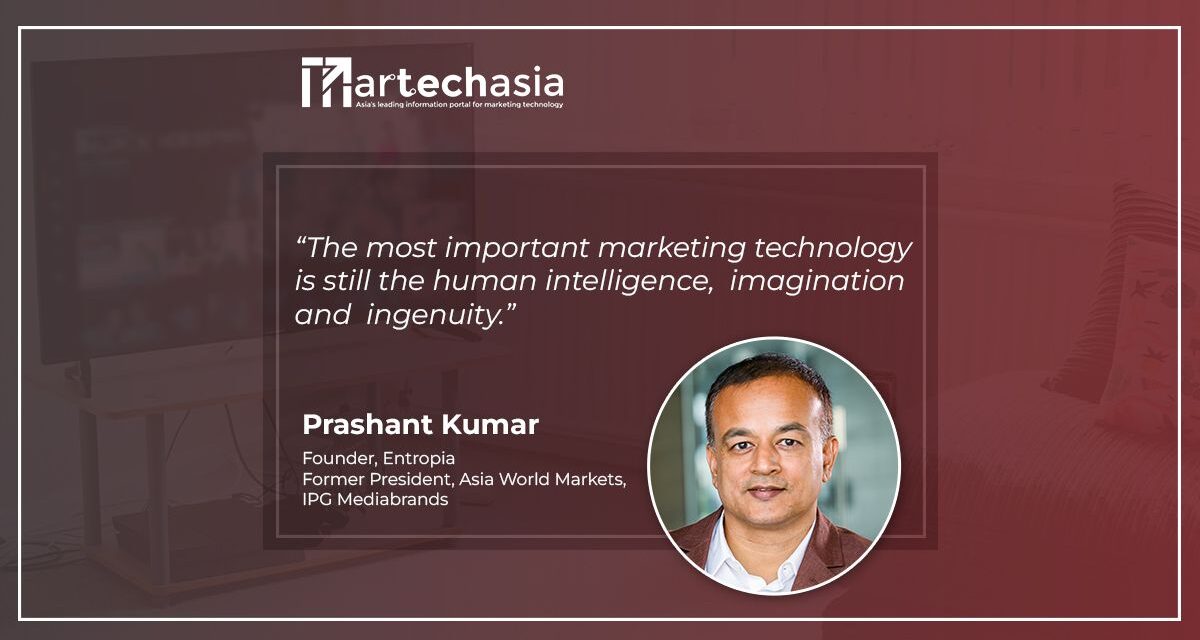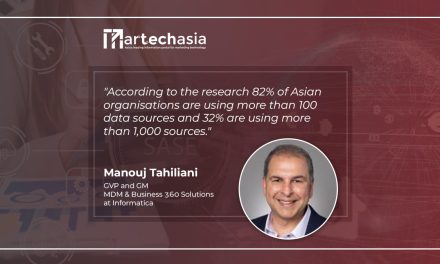Marketing 4.0 envisions a world where corporations and brands would deploy layers of enhanced experiences in everyday consumer lives to provide information, win trust and build imagery.
Today, ordinary people on social media have thousands of ‘friends’ and ‘followers’, thus building a relationship fabric that has impressive breadth, even if it may compromise on the depth of interactions. To be able to participate in the lives of so many people, with a click here and a like there, a comment here and a share there, is magical. The erstwhile six degrees of separation has become the six clicks of separation.
People wake up first thing in the morning and go to social media to get their little dollops of dopamine and spend the rest of the day in an addictive daze induced by these micro-stimulations.
In the 1970s, Pope John Paul II once famously said about TV: ‘If you are not on TV, you don’t exist.’ In the social village of today, where content is the currency and sharing is the essential ritual—if you do not share, you do not exist.
As people spend hours and hours each day living almost parallel lives on social media, the mediated living has started to shape its own reality versus the actual physical situated living. It’s a case of persistent perception creating its own reality. If an exciting new filter makes a teenage boy look like his favorite idol, and if that is the visual that 90 percent of his network see 90 per cent of the time, and say, 70 percent of the network may ever see, then this raises important questions about the innate assumption of superiority of the physical reality over the virtual. This growing eminence of the mediated over the situated is set to take another leap with the mainstreaming of the metaverse. Eventually, all these changes lead to a very different notion of truth, as people perceive it via social media. Let’s look closer into some of the usual distortions that we all experience.

The New Influence – Social Media and Truth-Bending
The limitations of the social-media algorithm and the lack of editorial mediation have given birth to systematic new cultural distortions. On social media, the private lives of people often look better than they are in reality. However, public life—how a nation or society is faring in general—feels a lot worse than what the real world is like. The secret to this is the simple fact that people rarely put up bad or boring aspects of their personal life on social media. And when they do, often very few tend to click on such posts and hence very few people get to see it, as social-media algorithms prioritize posts that get more reactions on the assumption that more people would like to see them. Similarly, as traditional mass media had already proved, good news doesn’t sell as much—and hence, it once again gets de-prioritized by algorithms due to fewer reactions. This ensures that the public news often feels grim and hopeless.
Social media is a machine perfectly designed for the extremes, the centrifugal force of its prejudices creating one of the most powerful brainwash machines ever invented.
A dictator now does not need to cancel the newspaper license of a recalcitrant editor (or abduct him). He just needs to build content factories that can churn relentless hate that cater to the prejudices of the ordinary people, and social media algorithms are capable of and keen to do the rest of the job of turning them into rabid mobs. It’s the stuff that Hitler’s propaganda chief, Goebbels’s dreams must have been made of.
Data and Marketing Technology
The last ten years have seen a flurry of investments in marketing technology and data infrastructure by marketers. But after a few years of making these investments, they increasingly realize the age-old truth that technology is technology, merely a tool. The ability to make the best of the tool still requires strategic thinking, creativity and the analytical ability to convert data into insight, foresight and far sight. The most important marketing technology is still the human intelligence, imagination and ingenuity. Micro-targeting is rarely enough; it’s the micro-delighting that really moves the needle. We decide with our hearts and then conjure numbers to justify what we did all the time in our lives. Plumbing can’t replace the poetry when it comes to marketing (but, of course, it can create a more powerful platform for poetry).
Marketing 4.0 and the Kingdom of the Mind
Marketing 4.0 envisions a world where corporations and brands would deploy layers of enhanced experiences— anticipatory, personalized, connected and immersive—in everyday consumer lives to provide information, win trust and build imagery. Smart connected products would similarly simplify and improve people’s lives by communicating with and learning from them, as well as exchanging data with an ecosystem of other connected objects. Enabling transactions of all sorts could be managed by autonomous immutable ledgers improving transparency and replacing centralized governance with distributed trust and leaderless consensus. All this could be further underpinned by highly intelligent algorithms and cyber-physical systems run from the cloud.
Mankind can finally transcend the physical to embrace an uber-life with multiple realities. It will also become possible to infuse elements of its sentience into inanimate objects which, in turn, will serve to liberate the human living experience from the mundane and repetitive so that man can focus on the unbroken pursuit of stimulation, origination and self- propagation.
Marketing, Meaning and Mankind (The new marketer)
The new marketer should be able to move fast to time the market well in order to tap the most lucrative windows of margin; yet not be afraid to unmake and remake the customer-value proposition—and realign the organization behind it—just when the gravy is flowing out to move on to the next s curve, within the typical category cycles today of three to seven years.
The new marketer is able to wear both hats—that of a pirate and a navy officer—at the same time. He has a judicious understanding of the difference between a martyr and a game changer when it comes to dealing with change. In that sense, every marketer wears a venture marketing hat every once in a while, comfortable with the uncertainties, yet smart and thorough in making his bets.
Sustainable Living Needs New Ladders of Pursuit
Striking a better balance between the planet’s limited resources and people’s propensity to consume requires a major cultural shift. Most ordinary people in the consumerist world tend to map their life’s journey around two key ladders. The first is the ladder of relationships, which defines the various life-stages we go through, the relationships we build and love we give and get. The second is the ladder of possessions—from durables to semi-durables to Fast Moving Consumer Goods (FMCGs).
Our natural instinct is to climb as many steps on this second ladder as possible. Our sense of accomplishment, happiness and meaning are closely tied to these two ladders. It can be argued that a richer and more fulfilling ladder of relationships could obviate the dominance of the second ladder. But in a practical world, humans need more than that to stay occupied and focus their energies. So, there is also a need to create alternative ladders of meaningful pursuits that humans can keep themselves busy with. These need to be able to serve as bona fide substitutes to the ladder of possessions in terms of a sense of accomplishment, happiness and meaning. These new alternative ladders of meaning could be built around accumulating planet-positive experiences or around intellectual, creative, altruistic and spiritual fulfilment.
Marketing keeps relentlessly churning these desires and dreams that keep billions motivated each day to give their best to whatever they do.

Excerpted from “Made in Future”, a book by Entropia founder and former President World Markets at IPG Media Brands Asia, Prashant Kumar. After successfully selling Entropia to Accenture, in one of Southeast Asia’s biggest acquisitions, Prashant is now creating waves with his new book. Published by Penguin, the 322 pages and 12 chapters long book seeks to recast marketing from a white sheet, with an incisive view of how vast changes in media, content, influences, and people’s expectations have come together to forge a new marketing.


















